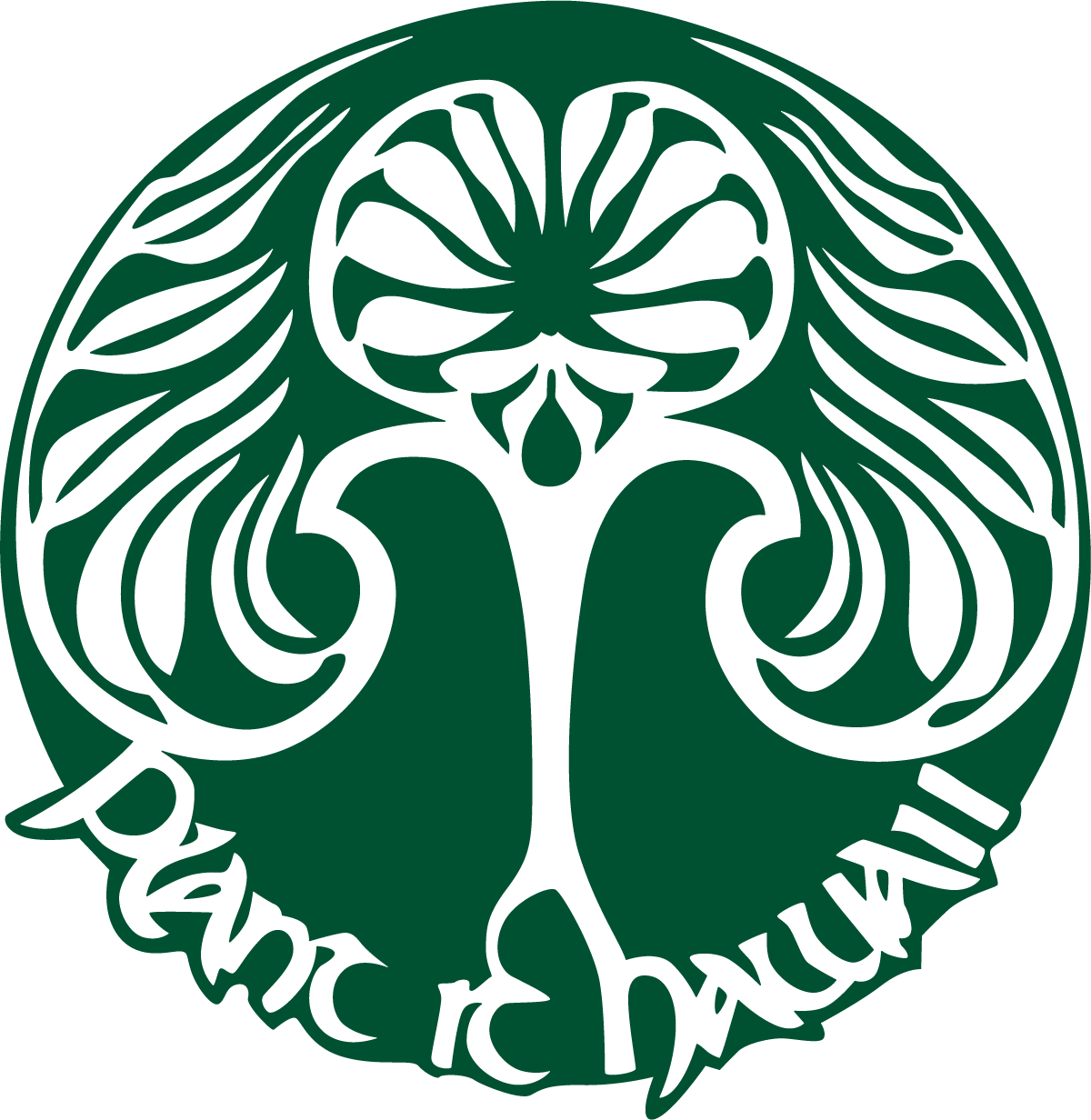Plant it Hawaii Fruit Tree Varieties
Avocados
Avocados are large trees, requiring spacing of 25 feet or more. Pruning avocados after harvest will keep the tree a manageable size for future harvests. They are beautiful trees, providing cool shade and abundant fruit. There are many varieties to choose from and with three or four varieties one can harvest fruit most of the year. Avocados grow well on most soils provided they are given excellent drainage. Good drainage is essential to their health. Without proper drainage, the trees will succumb to phytophora (avocado root-rot) and decline. Avocados can be grown with good success up to approximately 4000 foot elevation. They prefer slightly alkaline soil (give them dolomite or crushed coral at planting) and respond well to a balanced fertilizer at regular intervals. They thrive with organic fertilizers and mulching.
Harvest most varieties when the skin turns from a shiny gloss to a dull mat color. Each variety has a season when the fruit is ripe, although all varieties flower in the winter.
Details on the varieties we propagate can be found here.
Citrus
Citrus is such a vast subject that volumes have been devoted to this genus. It is rich in history, with varieties being cultivated as far back as 2000 BC in China and it is now a billion dollar industry worldwide. Citrus can be grown from sea level to the upper slopes, each variety having its ideal growing area. In Hawaii with our tropical climate, expect oranges and tangerines to have a greenish tint to the skin and a tighter adherence of the peel to the fruit, making oranges and other citrus more difficult to peel than citrus grown in more temperate areas such as California. Citrus must be planted in a well-drained soil and requires regular fertilization with minor nutrients for maximum production. Please see our tree care guide for growing tips and fertilizer suggestions.
Details on the varieties we propagate can be found here.
Exotics
Exotics evoke mystery of foreign origin. The wide array of fruit and flowering trees listed in this section contain plants unfamiliar to some. By providing horticultural, cultural and general information about these plants, we hope to encourage people to seek out and try these varieties and consider adding them to their orchards and gardens as welcome additions to the yard.
Details on the varieties we propagate can be found here.
Mangos
Mangoes are widely grown as a dooryard tree in many areas of Hawaii. The fruits are mostly eaten fresh, but are easily made into ice cream, chutney, relish, pickles, preserves, juice and a wide array of baked delights. The first plants were brought to Hawaii around 1824 from India and the Philippines. Many varieties and seedling selections are successfully grown here, with resistance to anthracnose fungus being the most important adaptation. This tolerance is crucial as the flowering season is usually humid and rainy. These wet conditions cause increased flower and fruit drop, reduced fruit set and black spots can develop later on the fruit.
Mangoes grow best in areas with 40 to 60 inches of rain annually. They grow into a large, spreading trees that can reach 20 feet tall or more. A grafted tree will begin to bear fruit after 3 to 4 years in the ground, with most varieties being harvested in the summer months. There are many popular varieties available in Hawaii.
There are many popular varieties available in Hawaii, details on the varieties we propagate can be found here.





